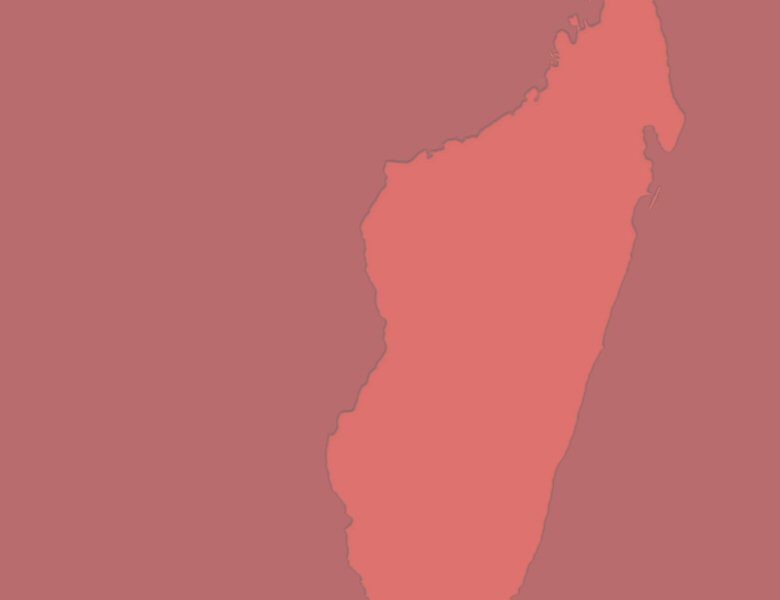

© 2006–2025 Daniel Austin
The primary reason for this exceedingly high endemicity is that Madagascar has been separated from other landmasses for an incredibly long time. Estimates of when it broke away from the African continent range from 150 to 200 million years ago, and it broke free from India about 100 million years later, meaning that evolution has been at play on the island, isolated from the rest of the world, for a very long time indeed. But there are many marvels in Madagascar beyond its native plants and animals. Geologically-speaking it is an extraordinary island with a great richness in semi-precious gems and minerals. Many are remarkable for their diversity in colours and unusual crystal size. In fact, several Malagasy minerals are unique, with some being so rare as to be protected by law. Linguists, too, consider Madagascar to be special. Unlike 99.9% of the world's languages, Malagasy has a very rare word order: verb-object-subject. Most languages are based on a subject-object-verb or subject-verb-object order. The origins of the language were also shrouded in mystery until Otto Christian Dahl demonstrated in 1951 that it is derived from an Indonesian tongue. It is known that Madagascar was one of the last places on Earth to be colonised by man; fewer than 2,000 years ago. Yet the origin of these first settlers has long been the subject of great debate. Whilst the African mainland is only 250 miles away, the Malagasy culture and language have remarkably little in common with that of their African neighbours. Recent genetic studies suggest that present-day Malagasy are a mixture of Bornean and East African lineages. 



|